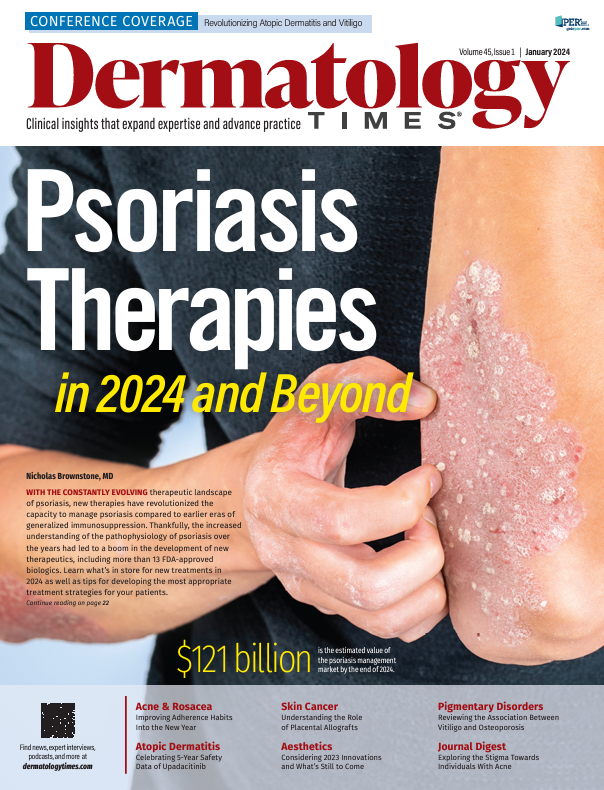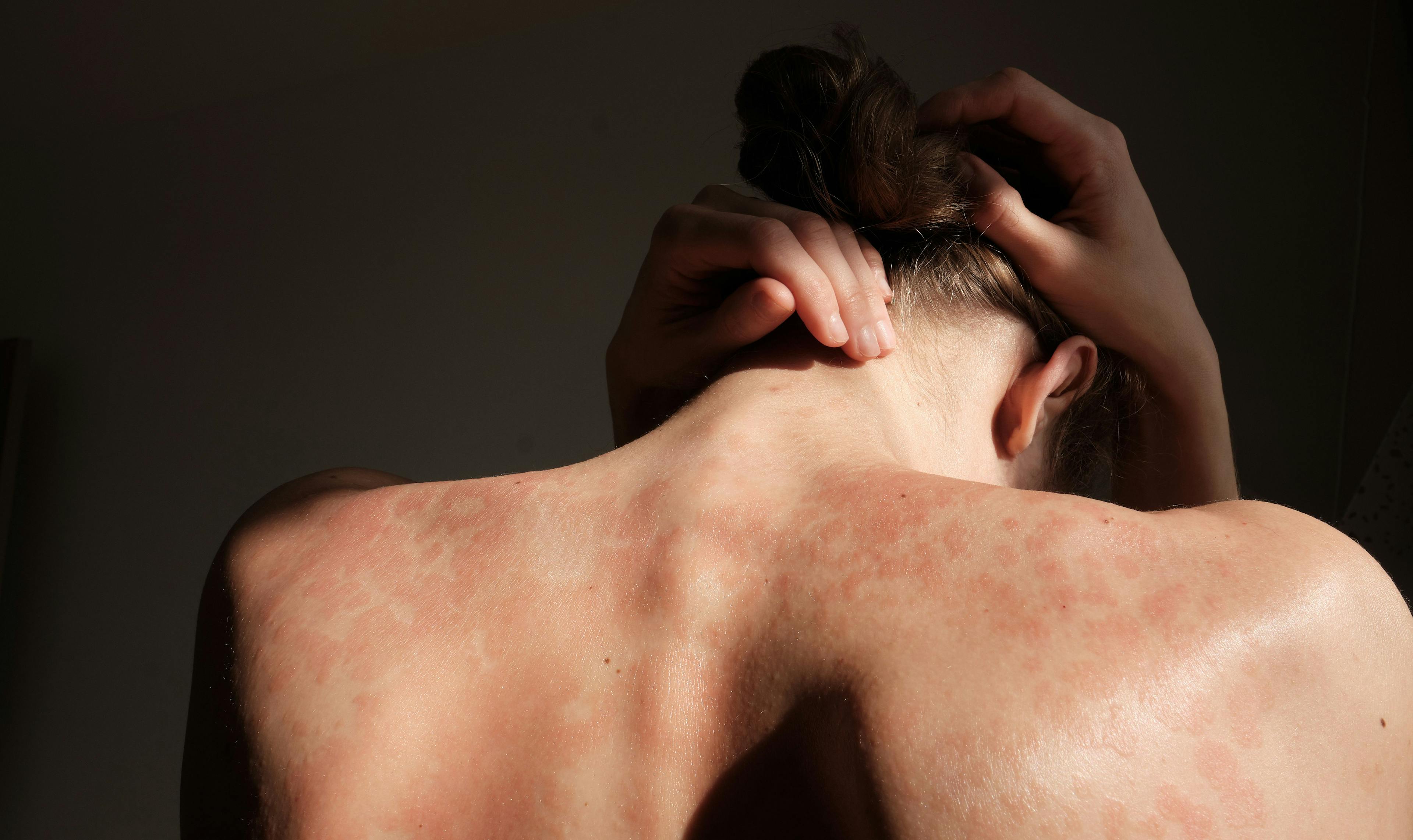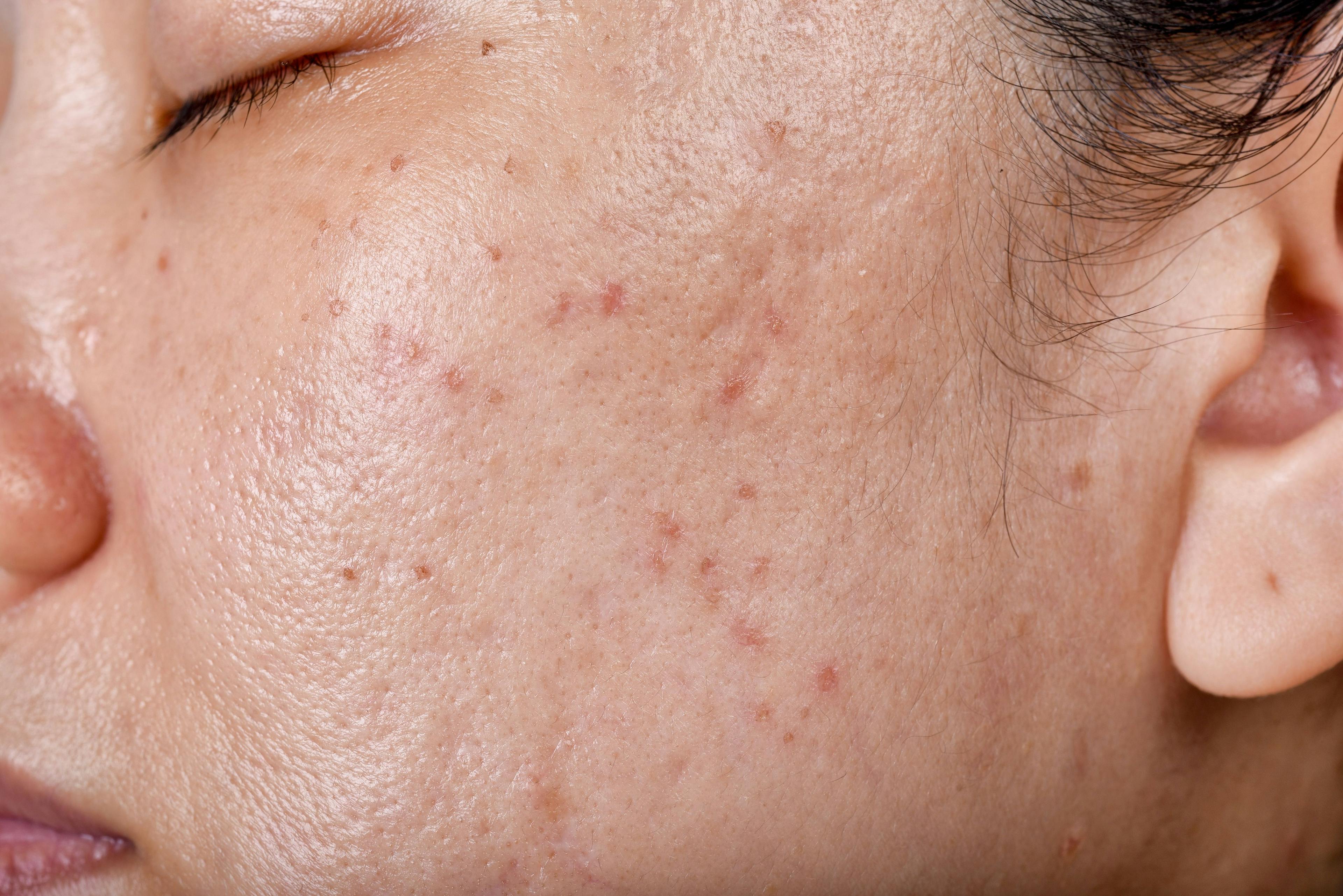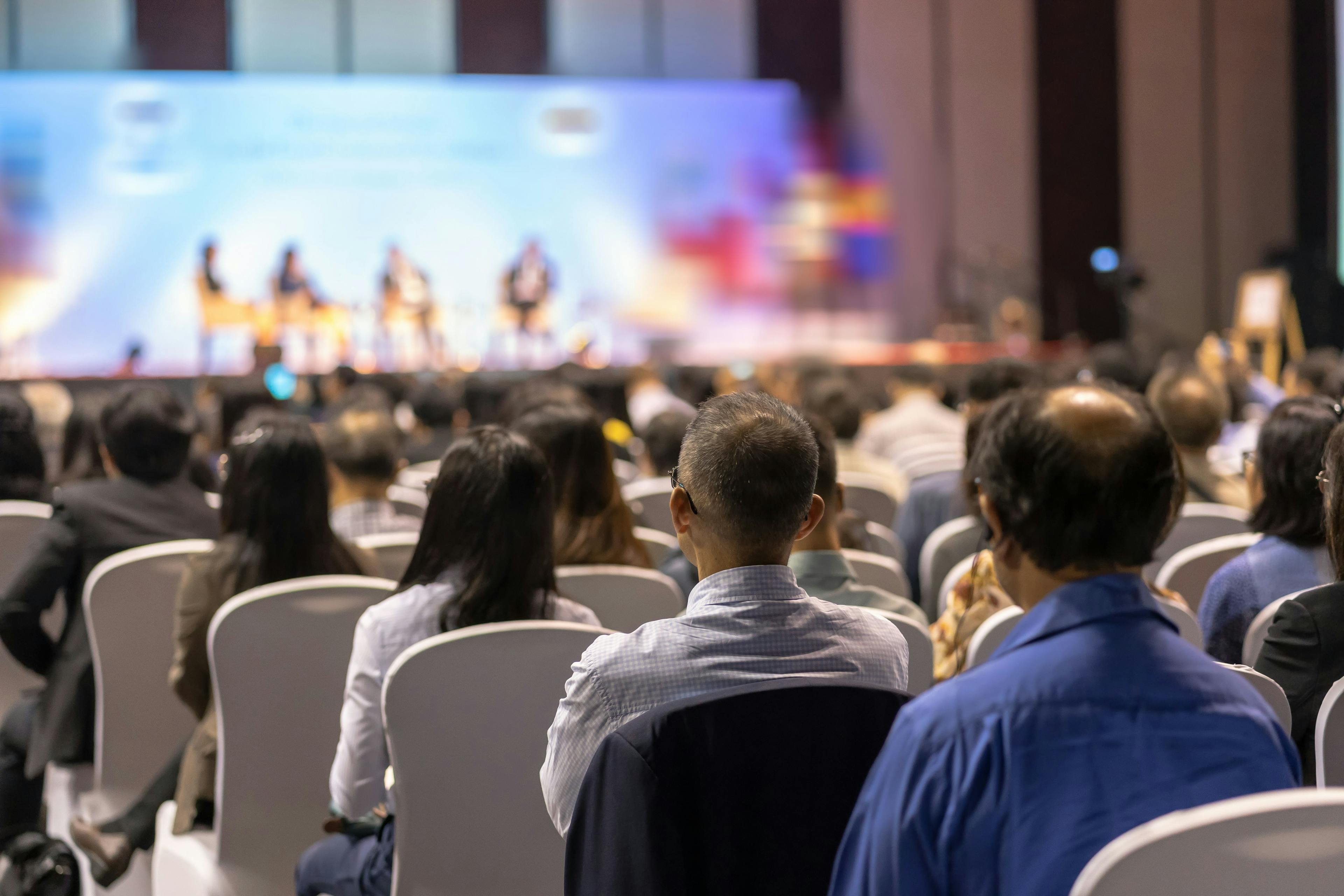- Acne
- Actinic Keratosis
- Aesthetics
- Alopecia
- Atopic Dermatitis
- Buy-and-Bill
- COVID-19
- Case-Based Roundtable
- Chronic Hand Eczema
- Chronic Spontaneous Urticaria
- Drug Watch
- Eczema
- General Dermatology
- Hidradenitis Suppurativa
- Melasma
- NP and PA
- Pediatric Dermatology
- Pigmentary Disorders
- Practice Management
- Precision Medicine and Biologics
- Prurigo Nodularis
- Psoriasis
- Psoriatic Arthritis
- Rare Disease
- Rosacea
- Skin Cancer
- Vitiligo
- Wound Care
News
Article
Dermatology Times
Tailoring AD Management Advice to Lifestyles and Hobbies
Author(s):
In a recent Dermatology Times Case-Based Roundtable Meeting, Tina Bhutani, MD, MAS, shared intriguing cases and insights about atopic dermatitis treatment challenges faced by patients with different lifestyles and hobbies.

In a recent Dermatology Times Case-Based Roundtable Meeting, Tina Bhutani, MD, MAS, associate professor of dermatology at the University of California, San Francisco, shared intriguing cases and insights about atopic dermatitis (AD) treatment strategies as part of the custom video series, “Unraveling Complex Cases: Real-World Case Discussion on the Management of Atopic Dermatitis.” This article provides an in-depth overview of 2 cases discussed during the roundtable, which shed light on the challenges faced by patients with different lifestyles and hobbies and the evolving landscape of treatments for this chronic skin condition.
Case 1: Managing Dupilumab-Induced Facial Eczema
The first case presented was that of a 28-year-old man with Fitzpatrick skin type III. He was a graduate student with a history of AD spanning more than 2 decades. Initiated on dupilumab (Dupixent) 3 years prior, the patient initially experienced significant improvement but recently reported the emergence of erythematous lesions on his face and neck.
The roundtable participants delved into potential causes for the relapse, exploring factors such as environmental triggers, the stress associated with starting the master’s program, and the possibility of contact dermatitis from living in a basement apartment with dusty air conditioners and dry, cold air. Bhutani highlighted the importance of considering both the clinical aspects and the patient’s perspective, emphasizing the need for shared decision-making and collaborative care.
The discussion touched on various treatment modifications, including exploring different topical steroids, extending treatment duration, and introducing nonsteroidal options such as topical ruxolitinib (Opzelura). Despite the success of the latter in the presented case, concerns arose about the increasing difficulty in accessing combination therapies such as dupilumab and ruxolitinib because of insurance challenges.
“We did talk about the possibility of working this up a little bit more. Does this patient [need] patch testing to see if there’s new contact dermatitis there? I think the consensus was that we would try to treat first with a new regimen and then if that didn’t work, that [patch testing] would probably be the next step for this patient,” Bhutani said.
Case 2: Addressing AD in a Teenager
The second case involved a 15-year-old girl with Fitzpatrick skin type I and lifelong AD, which was exacerbated by exposure to swimming pools with chlorinated water. The patient, a competitive swimmer, had tried numerous topical steroids and nonsteroidal treatments without sustained relief. A significant challenge was the aversion to topical steroids expressed by the patient’s mother.
The roundtable participants explored various strategies, including recommending saltwater pools, educating about skin care routines after swimming, and discussing barrier creams. The importance of patient education and establishing a long-term skin care plan was emphasized, particularly for younger patients. The case highlighted the delicate balance between patient preferences for “natural” treatments and evidence-based interventions.
“We also had some pediatric dermatologists in the audience, and they agreed that this was definitely something that they had seen, especially when it comes to somebody wanting to swim,” Bhutani said. “I think a big part of that collaborative shared decision-making discussion is that we have to educate our patients that we have a lot of treatments, but most of them are not going to work immediately and they require some time to [see improvement]. And [we also need to discuss] that AD is a chronic disease. And so, the expectation of clearance overnight is a little bit unrealistic…. It’s going to require some maintenance.”
Discussion and Insights
The discussions of both cases underscored the evolving landscape of AD management. The challenges of access to newer therapies, insurance limitations, and the importance of patient education emerged as central themes. The roundtable participants emphasized the need for a collaborative approach, where patients actively participate in decision-making, ensuring a holistic understanding of their condition.
The use of topical ruxolitinib showcased promising results, but participants acknowledged concerns about access and insurance barriers. Patient assistance programs and co-pay cards were recognized as valuable resources to mitigate financial burdens for patients.
Conclusion
The roundtable provided valuable insights into the complexities of managing AD, addressing challenges in treatment access, and navigating patient preferences.

“I think [the roundtable participants] came away with a better sense of how to incorporate some of our newer treatments for atopic dermatitis, including ruxolitinib, into their clinical practice, and they came away with some good strategies on possibly how to get better access to these medications for the patients,” Bhutani concluded. “Some strategies [include] utilizing local specialty pharmacies, utilizing people in their office to help with these practices, and really using the programs that are available to help patients get these medications. I think we also really emphasized the importance of patient education, collaborative decision-making, and just taking that extra time initially to build a therapeutic relationship with the patient that will help you and make visits faster and more efficient into the future.”

Newsletter
Like what you’re reading? Subscribe to Dermatology Times for weekly updates on therapies, innovations, and real-world practice tips.

























